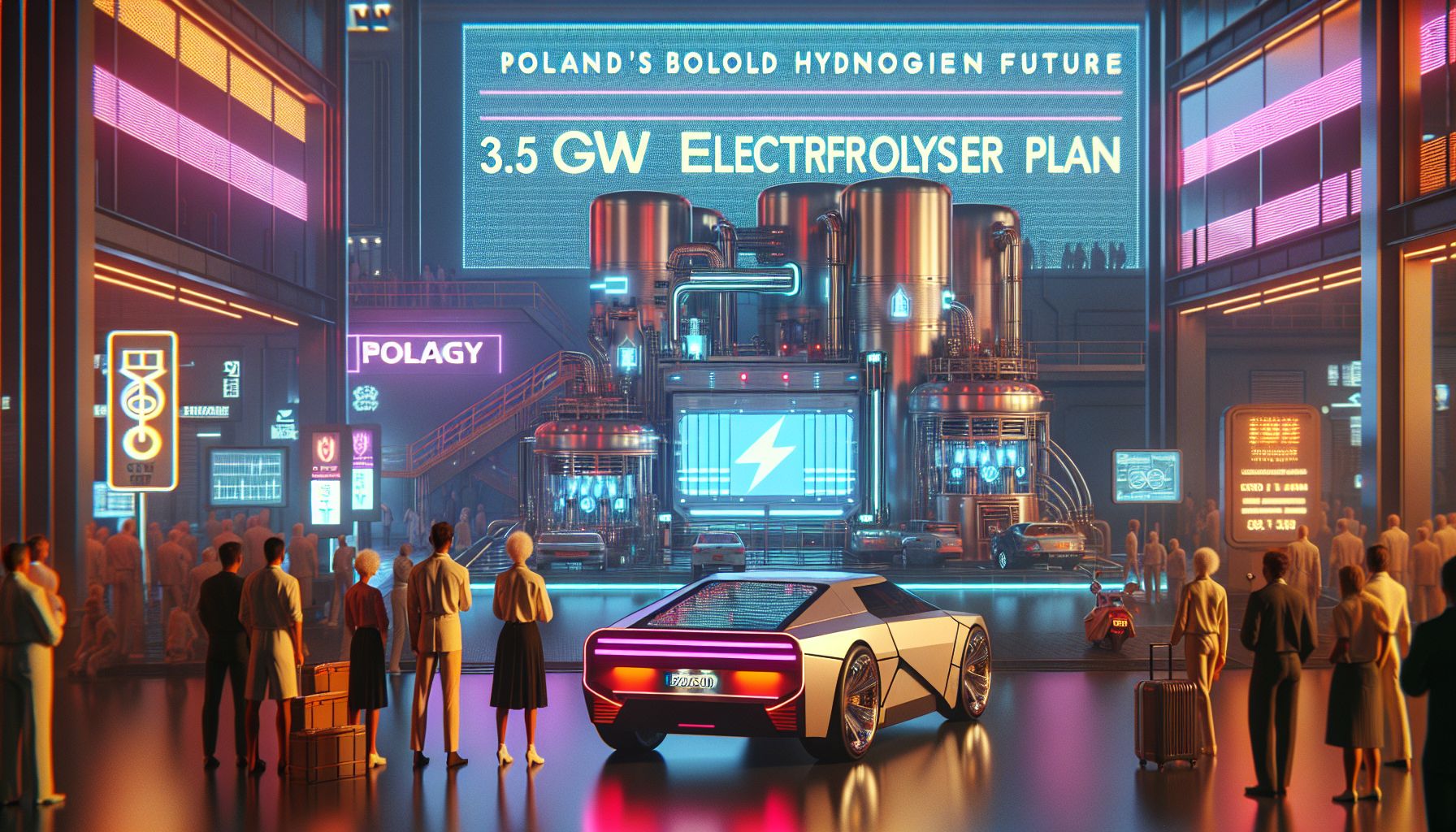Poland's Bold Hydrogen Future: A 3.5 GW Electrolyser Plan

Warsaw, Monday, 14 April 2025.
By 2030, Poland aims to produce 315 kilotonnes of renewable hydrogen, requiring a hefty 3.5 GW of electrolysers. With high electricity costs as a hurdle, Poland strives forward, positioning itself as EU’s third-largest hydrogen producer. If successful, this could revolutionise the country’s energy landscape.
Investment and Infrastructure Challenges
Poland’s ambitious plan to produce 315 kilotonnes of renewable hydrogen by 2030 involves installing 3.5 GW of electrolysers. However, current funding covers only a fraction of the required infrastructure. A €640 million subsidy targets just 315 MW of electrolyser capacity, accounting for merely 10-15% of Poland’s 2030 goals [1]. ORLEN S.A. and Grupa Azoty S.A., the primary stakeholders, face mounting pressure to overcome these infrastructure deficits [1].
Electricity Costs and Strategic Hurdles
The cost of electricity in Poland is notably high, posing a significant challenge to hydrogen production [1]. This is coupled with structural barriers like the RFNBO Delegated Acts, which exacerbate grid inflexibility and elevate power costs. Additionally, Poland’s renewable capacity remains limited, which complicates efforts to produce green hydrogen at scale [1].
Policy and Market Adjustments
Poland’s regulatory framework struggles to catch up with its hydrogen ambitions. The recent delay in transposing the RED III directive, barely completed in 2025, has stalled progress by creating regulatory uncertainty. Moreover, reallocating €9 billion from climate initiatives to defence undermines essential decarbonisation goals, frustrating stakeholders who are eager to advance Poland’s hydrogen economy [1].
Local and International Collaboration
Despite these challenges, local initiatives like the Hydrogen Map of Poland and international projects, including the Nordic-Baltic Hydrogen Corridor, are underway to boost infrastructure and cooperation. Poland’s strategic salt cavern storage potential enhances its appeal as a hydrogen hub in the EU, providing a vital storage solution needed for large-scale renewable hydrogen production [1].
Municipal Concerns and Economic Realities
Twenty-one Polish municipalities have called for increased hydrogen subsidies, highlighting the economic strain of current hydrogen bus contracts. Many cities are financially stretched by high hydrogen costs, which stand in stark contrast to cheaper diesel options, pointing to an urgent need for economic recalibration within the sector [2].